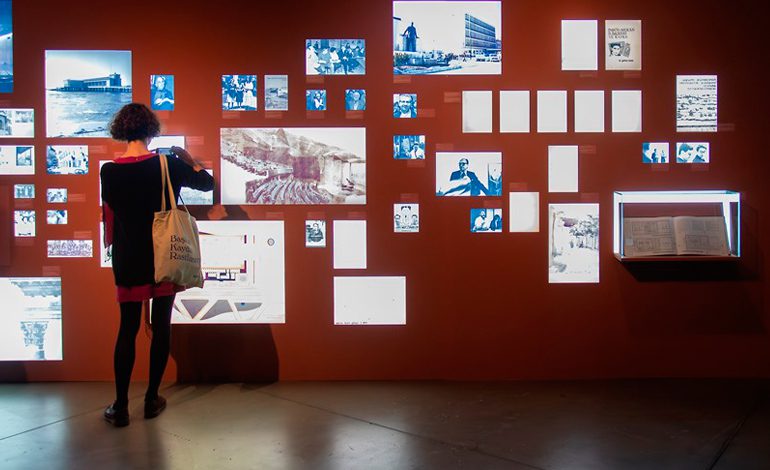
Architectural Education in Turkey: Thresholds of Institutionalization from the 18th Century to the Present
06 December - 31 March
Turkey is considered one of the earlier countries to adopt the idea that architects need formal training. Before formalized education, architecture was learned here, like everywhere else, through hands-on experience and construction. In this context, there is a continuous history that extends to the present day, with its origins in the Hendesehâne (School of Engineering), founded in 1775. At this early point, architecture was directly linked to the military and was integrated with engineering. Therefore, the first engineers were trained as soldier-architects to build fortifications and urban defense equipment. This early period lasted until the opening of the Sanâyi-i Nefîse Mekteb-i Âlîsi (Higher School of Fine Arts) in 1883, which introduced the first specialized architectural education curriculum. The Imperial Military College also functioned as a type of architecture school, as it taught classes in the science of architecture until the founding of the Republic, and many government buildings, particularly those in the far-flung provinces, were designed by military officers. Over time, the distinction between the military, engineering, and architecture occurred in Turkey, as it had elsewhere around the world, and began to break away from the area of design despite its intrinsic importance to architectural education.
Having started as a single presence within the Military College, architectural education is now taught in over a hundred schools around Turkey, and their number is ever increasing. Architectural Education in Turkey: Thresholds of Institutionalization from the 18th Century to the Present looks into the journey of this academic landscape, particularly through the daily life at the institutions. The exhibition visualizes the built environment of the schools, the lives and working conditions of faculty and students, the turmoil and troubles, the contributions to the local architectural production, the deadlocks, and opportunities for expansion.
Architectural Education in Turkey: Thresholds of Institutionalization from the 18th Century to the Present is programmed by architects and academics Uğur Tanyeli, Arzu Erdem, and Esra Kahveci and is organized by Orkun Dayıoğlu and Eylül Şenses from Salt. Further information on the accompanying public programs will be announced at saltonline.org and Salt’s social media channels.

General Info